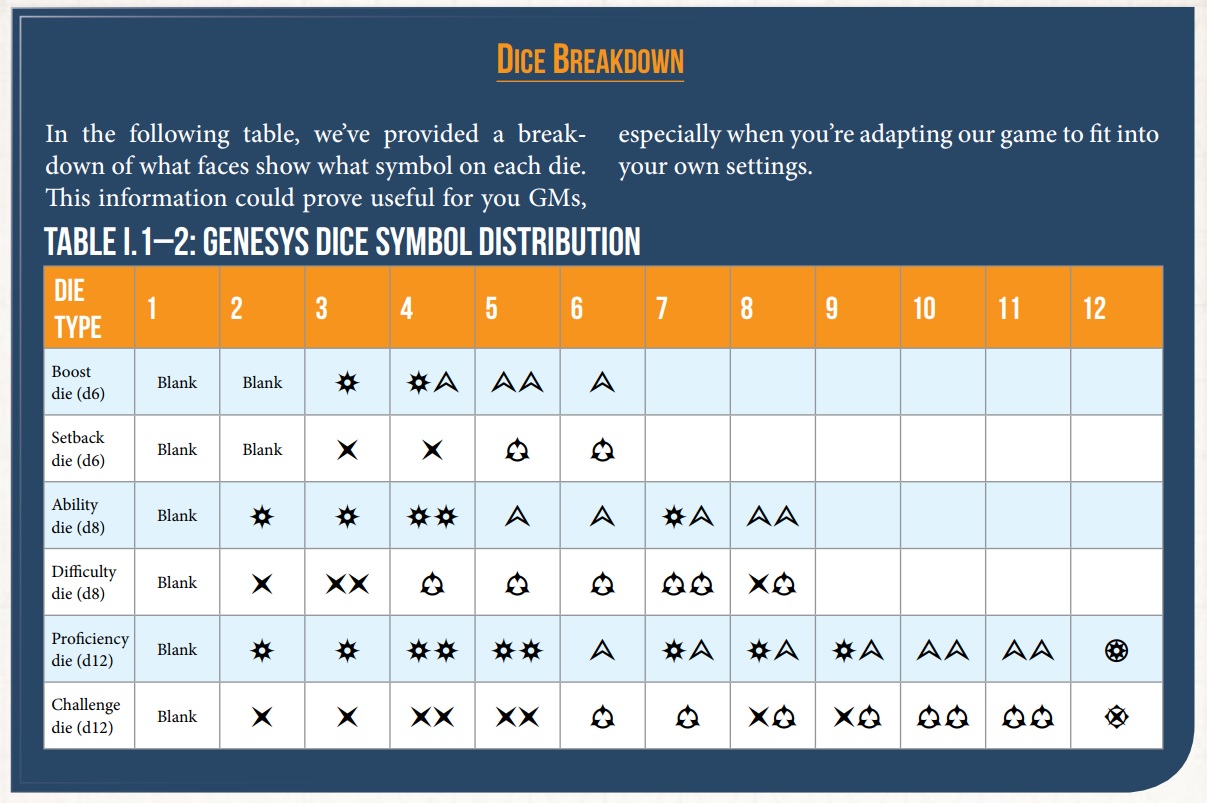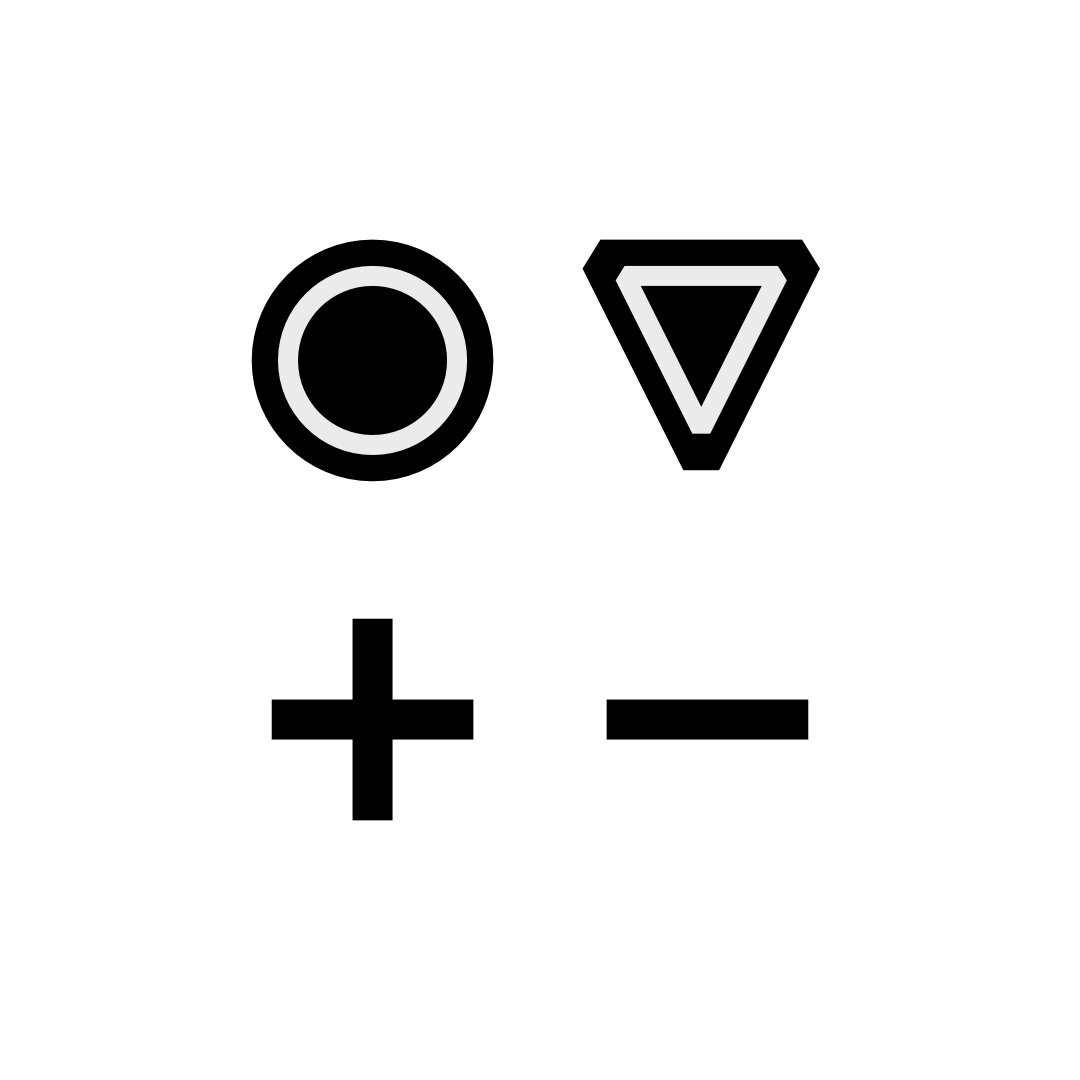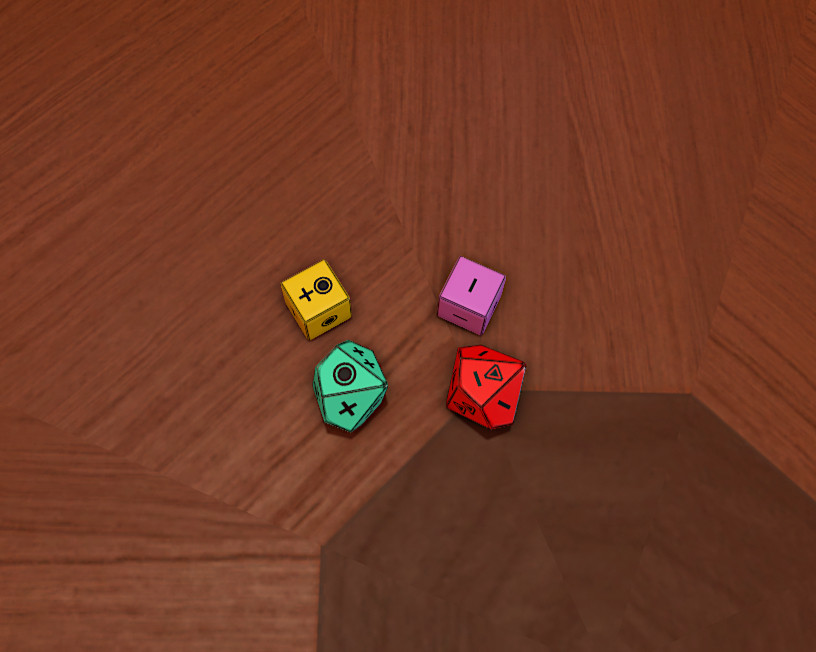The Explore action is something I'm definitely updating once I work some updates on the game, it's not well construed. To make it make more sense, imagine your default state in the game just being the adventure map, without actually caring too much about distances. "Explore" means you basically start a scene in the location you choose, and zoom into the game over there, and take any Exploration actions and run through Encounters etc, and then you move back to the map, and Explore a new location and continue.
It's a weird way to construe playing in a TTRPG, but it's what I had in mind when I wrote it. I'm planning on making better travel rules for the Exploration phase once I update the game. Generally, I would say that "Travel" to a location that is within a short distance takes one Exploration action, and to further places (Entire new locales like cities or whatever) takes one Horizon action. That's basically the scale I'm going for.
For the second question, yeah, Aid is supposed to be free and easy. It's a small roleplay opportunity, like throwing an enemy with a small rock to distract them, or giving an ally a boost if they're next to you, anything really goes. Basically, I wanted there to be a "default" Reaction characters can take even if they don't have a Boon or Feat that gives them a powerful reaction like Reactive Strike.



















